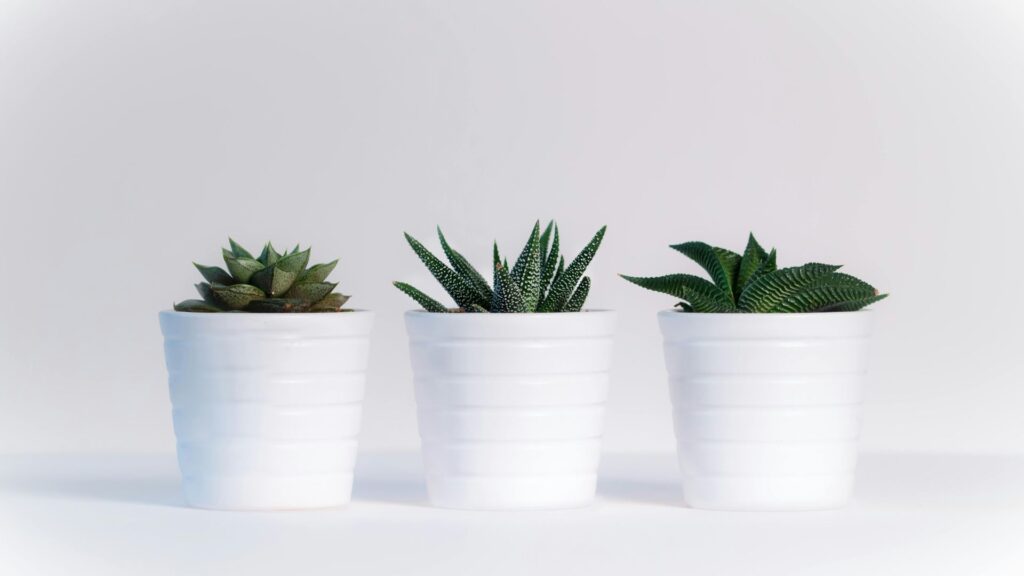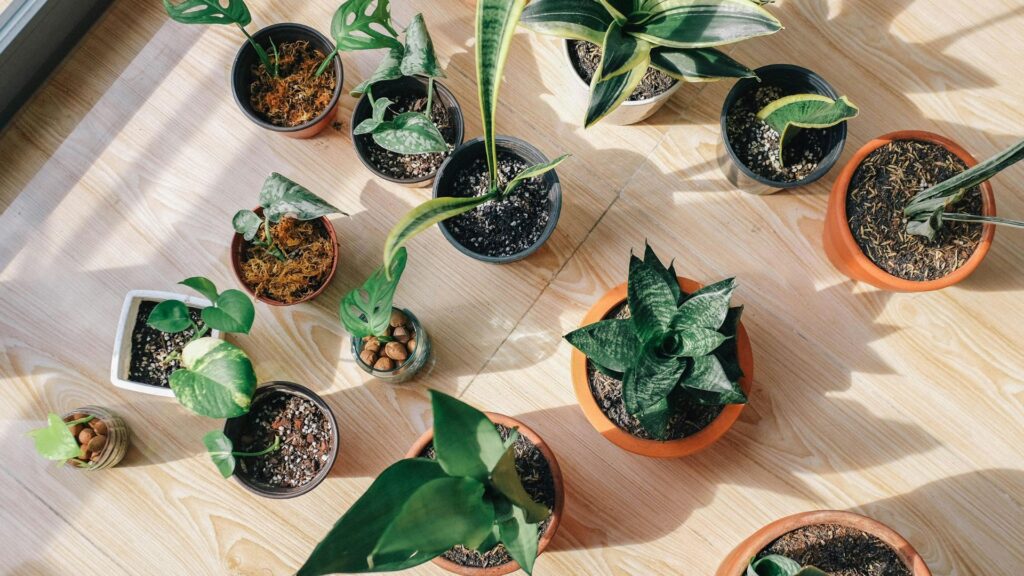Succulents are fantastic indoor plants because they can be grown with much less water. Care for succulents indoors is easy because they have originated from deserts.
They’re hardy, low-maintenance, and available in many colors, which make them visually appealing, in my opinion.
If you treat them with care, they can thrive in your home for years! Here’s a guide and my tips for you to help you keep your succulents indoors healthy and happy.

Care For Succulents Indoors
These are some basic care tips for your Succulents ranging for choosing the right succulents to their light requirements etc. So, make sure to read thoroughly.
Choosing the Right Succulent
If you’re a beginner, then make sure to select a beginner-friendly indoor plant, There are several succulents that are good for beginners. So, here are some popular ones for indoor growing:
1. Aloe Vera

Aloe Vera is known for its medicinal properties because it contains antioxidants, anti-inflammatory properties, and other compounds that make it beneficial for treating injuries.
2. Echeveria
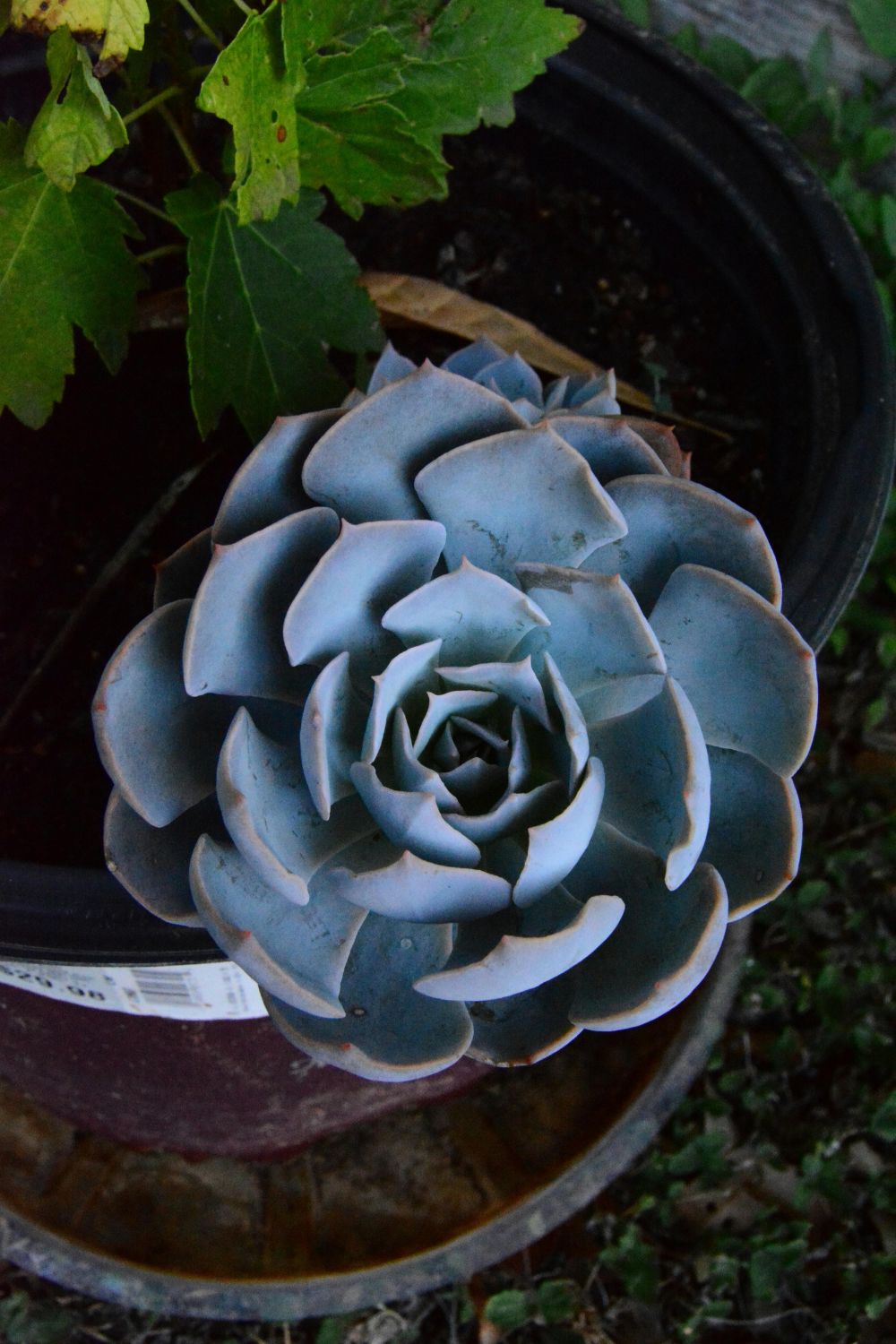
It does have attractive rosette shapes, which makes it visually pretty and is an air-purifier, which is also a plus point.
Amazon Product Recommendation
If you're planning to do indoor gardening then you must a nice concrete pot, so here is one for you.
Disclaimer: Commissions are earned if you make a purchase through these links at no extra cost to you.
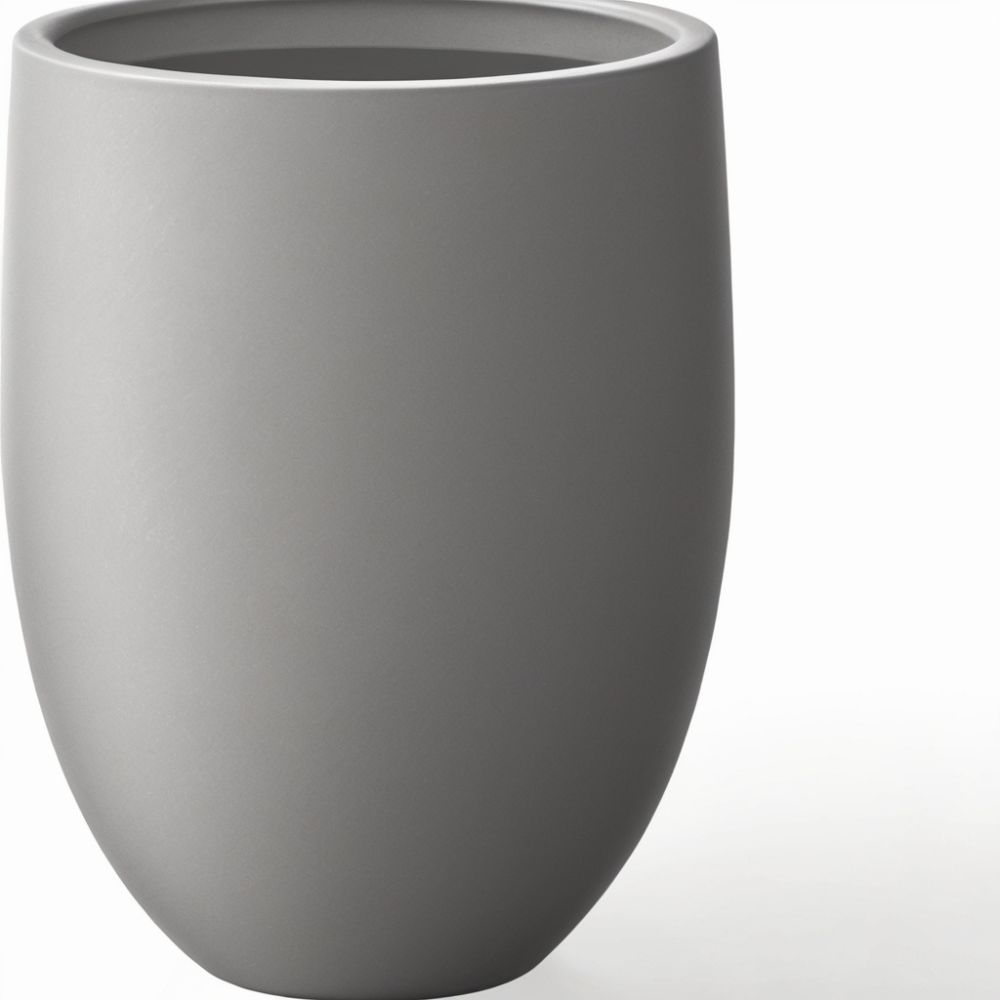
3. Jade Plant
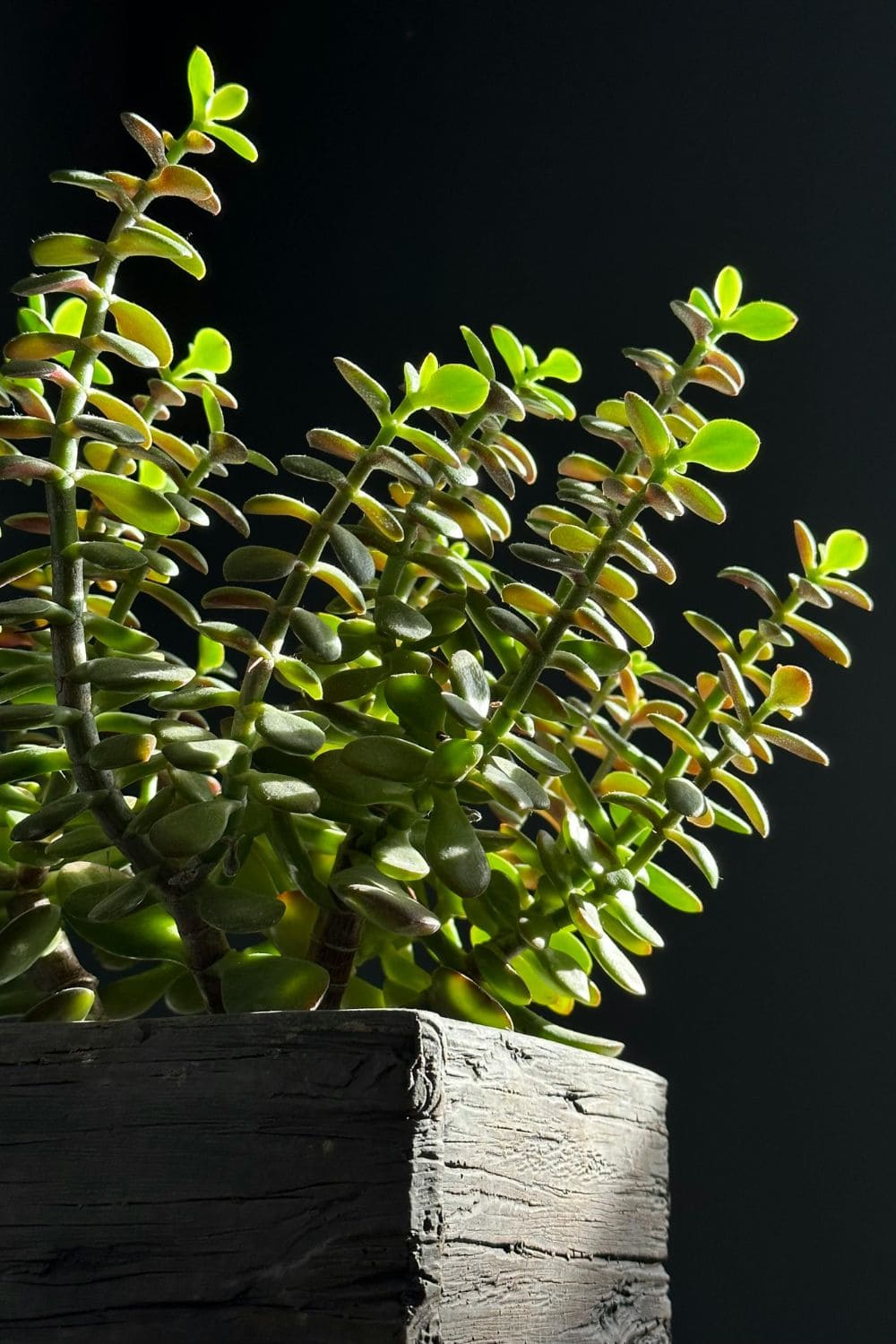
Jade can increase indoor humidity levels, which can make your beautiful skin, even more beautiful It is also known as a symbol of good luck.
4. Haworthia:
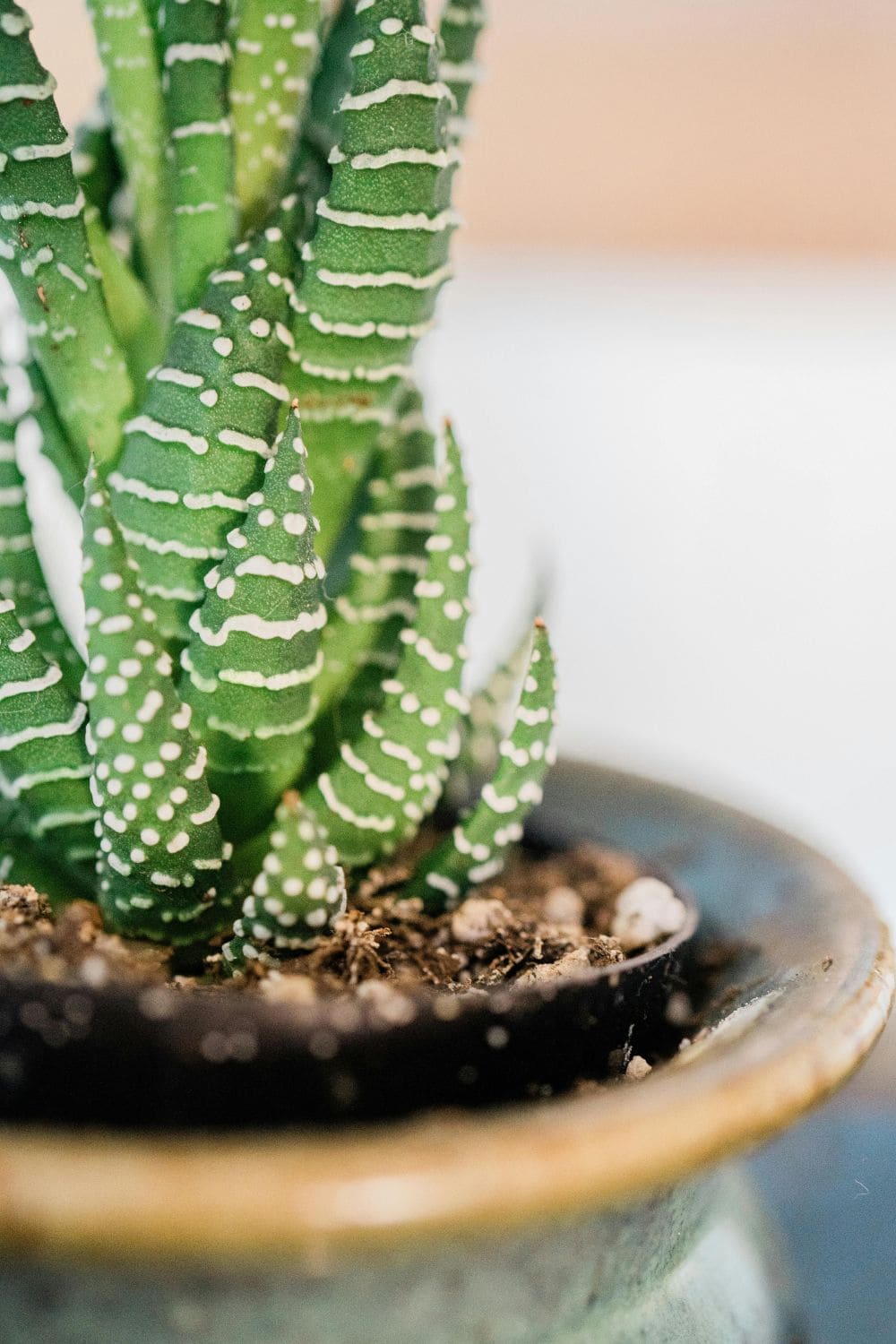
It symbolizes calmness, is suitable for even pets, is known for its air-purifying quality as well, and is ideal for relieving stress.
You should definitely pick a succulent that fits your space. Consider its light and water needs, and whether it suits your indoor conditions or not.
Light Requirements
Most succulents do love light, but some, like aloe vera, could get sunburnt just like us if exposed to intense rays of the full sun.
Succulents need around six hours of sunlight daily. A south-facing window is ideal.
If you don’t have enough natural light, consider using a grow light. These artificial lights can mimic the sun and provide the light your succulents need.
- Morning Sun: Gentle and beneficial.
- Afternoon Sun: Can be harsh; watch for sunburn.
- Artificial Light: Full-spectrum LED grow lights are best.
Watering Succulents
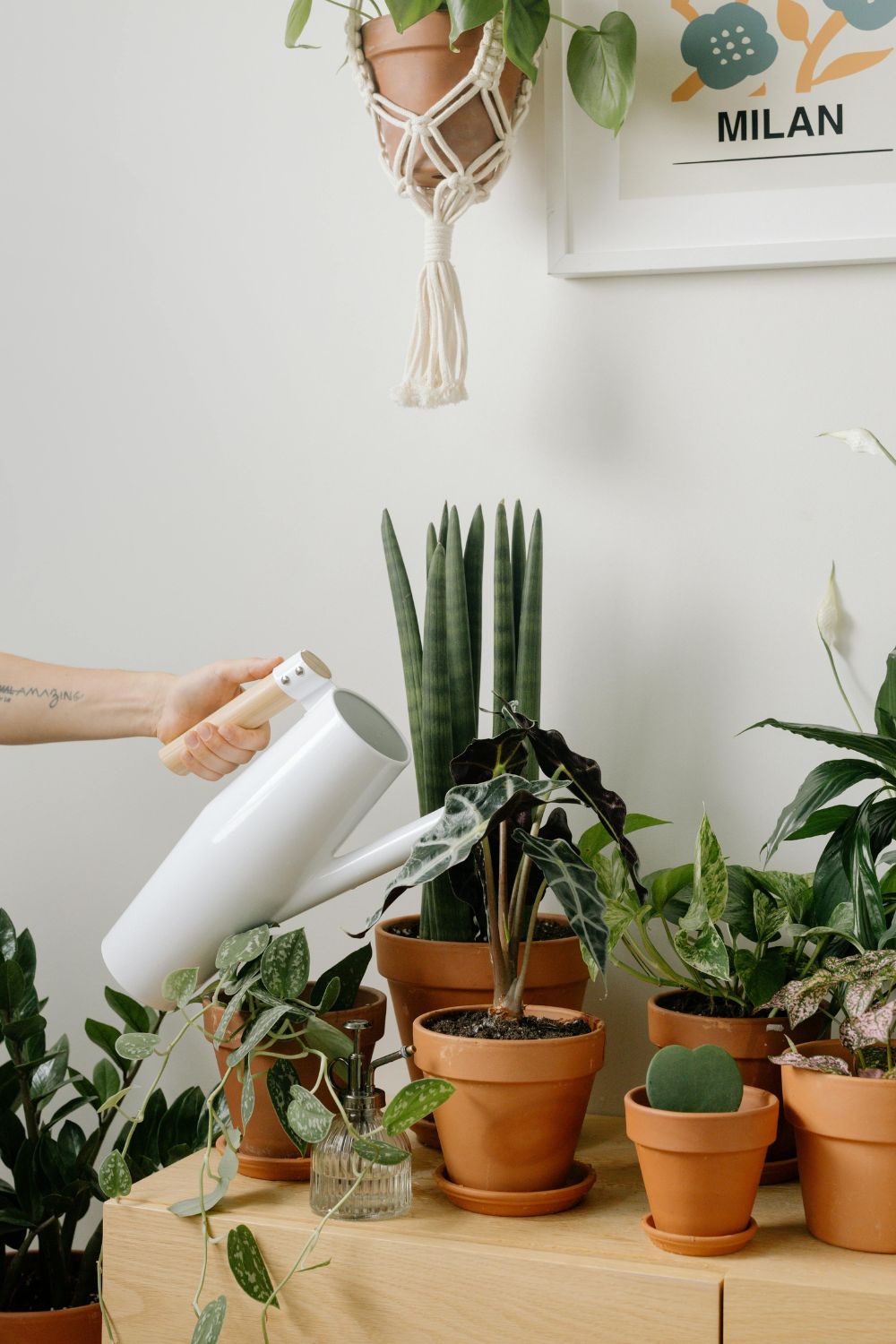
Watering your succulent is crucial. Succulents store water in their leaves, so they don’t need frequent watering. Overwatering is a common mistake. Here’s how to do it right:
- Check the Soil: Only water when the soil is completely dry or you may overwater it which may result in killing the plant mistakenly.
- Water Thoroughly: Water should drain from the pot’s bottom. Always pour water onto the soil, not the leaves as it helps preventing water spots on the leaves and also ensures the roots get enough water.
- Frequency: You should water every two to three weeks which is the right frequency. This varies depending on your home’s humidity and temperature.
Using the “soak and dry” method would be quite wise. Water thoroughly, then allow the soil to dry out completely before watering again.
Some succulents will signal by flattening or shrinking their leaves inward please give me water I need it, human!
Choosing the Right Soil
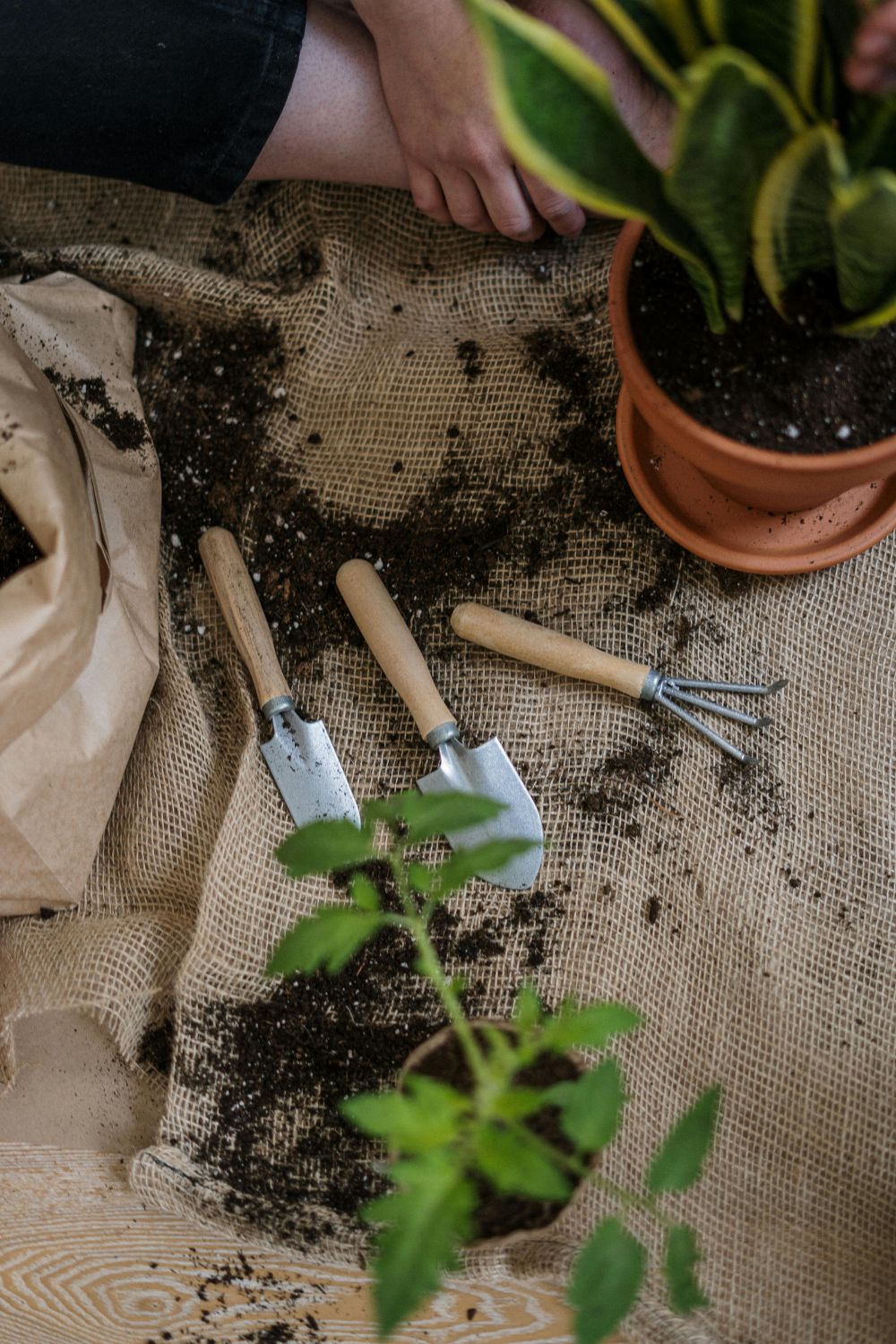
Choosing the right soil for your baby plant is quite wise and important. For Succulents, It would be wise to use well-draining soil.
Regular potting soil retains too much moisture, which may cause root rot. Use a commercial succulent or cactus mix. You can also make your own by mixing it with this recipe:
- 2 parts potting soil
- 1 part coarse sand
- 1 part perlite or pumice
This mix provides the right balance of moisture retention and drainage you will need for your plant.
Potting and Containers

Choosing pots with drainage holes is quite important. This is crucial to prevent water from sitting at the bottom, which can lead to root rot which may damage or even kill your plant.
Terracotta and ceramic pots are excellent because they’re porous and help the soil dry out faster.
If you use a decorative pot without drainage, be extra careful with watering.
Fertilizing Succulents
Succulents don’t need much fertilizer, as they’re known for its low maintenance. A little boost can definitely help them grow.
Using a balanced, water-soluble fertilizer diluted to half-strength is quite nice in my opinion. it’s good to fertilize during the growing season (spring and summer) about once a month.
Avoid fertilizing in fall and winter when the plants are dormant as it may damage your plants which we should avoid at all costs.
Temperature and Humidity
You would have gotten some idea Succulents prefer dry conditions and can tolerate a wide range of temperatures.Ideal indoor temperatures are between 60 and 80°F (15 and 27°C).
Many species will tolerate temperatures as low as 45°F and as high as 85°F. They can handle cooler temperatures at night but avoid frost. Try your best to keep them away from drafts, air conditioners, and heaters.
Humidity isn’t usually a problem. However, if you live in a very humid area, make sure to ensure good air circulation around your plants if you don’t want them to get mold and mildew.
Pruning and Propagation
Pruning or simply trimming helps keep succulents healthy and encourages new growth.It even helps in growth control.
Remove dead or damaged leaves and stems. You can also trim leggy growth to promote a fuller shape, which may make them visually appealing and quite pretty
Propagation is rewarding and not very difficult. Through propagation, flowers will appear sooner than a plant grown from a seed. A new plant grown from a cutting will frequently mature faster.
You can grow new succulents from leaves, cuttings, or offsets. Here’s how:
Leaf Propagation
- Select a Healthy Leaf: Gently twist it off the stem.
- Let It be callous: Leave it in a dry place for a few days.
- Place on Soil: Lay the calloused end on top of the soil.
- Water Sparingly: Mist occasionally until roots develop.
Stem Cuttings
- Cut a Healthy Stem: Use a clean, sharp knife.
- Let It Callous: Dry out for a few days.
- Plant in Soil: Insert the calloused end into well-draining soil.
- Water Lightly: Water sparingly until new growth appears.
Offsets
Offsets are a natural means by which plants may be cloned. Some succulents produce offsets, or “pups,” around the base. Gently remove these and plant them in their own pots; then a new plant will grow.
Common Problems and Solutions
Succulents are generally pest-free, but problems can arise. So don’t worry, because I am here for your help. Here are some common issues and how to solve them:
- Overwatering: Leaves turn yellow and mushy. Reduce watering and ensure good drainage.
- Underwatering: Leaves become shriveled. Increase watering slightly.
- Sunburn: Brown or white spots on leaves. Move to a less intense light spot.
- Pests: Watch for aphids, mealybugs, and spider mites. Treat with insecticidal soap or neem oil.
Seasonal Care
Adjust your care routine with the seasons. Just like us humans, succulent plants need more care In spring and summer, as its their growing month. Water and fertilize more frequently.
In fall and winter, reduce watering and stop fertilizing. Succulents enter dormancy and need less care. So, rest assured, your succulents will not require much care indoors.
Conclusion
From what I personally have seen, caring for succulents indoors is straightforward and not too difficult. With the right light, watering, soil, and occasional pruning, your succulents will thrive.
They’re a great addition to any home, bringing beauty and a touch of nature indoors. Enjoy your succulent gardening!

